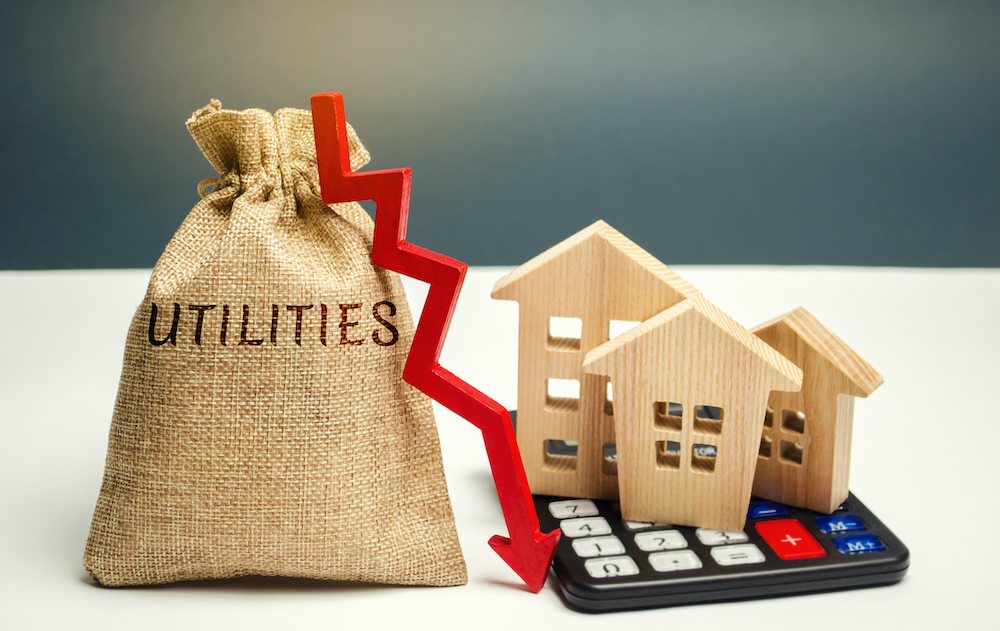
RUBS – Ratio Utility Billing System
Some apartments may not have separate utility meters. While you can choose to install sub-metered units, it’s a costly and time-consuming project. You might also want to charge a flat rate utility fee in addition to the rent, but this isn’t fair since usage varies from one household to another. The best option is to implement a ratio utility billing system. Many Syndicators have RUBS implementation as a way to increase the income of the property. Read on to gain more insights.
What is RUBS?
It’s a way of calculating tenants’ utility usage based on several factors. The occupant per unit method aims at splitting bills evenly between all occupants in an apartment. This method works well for water bills. The idea behind occupants per unit is that the more occupants in a single house, the more water they will use. Therefore an occupant living alone in a one-bedroom apartment will pay less than a family living in a two-bedroom apartment.
Some property management companies can also share the bills based on a unit’s square footage. Larger units result in higher utility bills. You can also use other factors like the number of water fixtures or bathrooms in a house. The property manager or owner then distributes the total cost to each tenant based on the calculated utility consumption.
Benefits of RUBS
It’s one of the fairest ways to distribute utility costs in a multifamily unit. The system counts utility usage considering vital aspects, thereby reducing residents’ complaints. It also makes the tenants aware of how much utilities they consume monthly. This way, the residents will focus on decreasing overall expenses, which encourages conservation.
Since it promotes a more green approach, your property is more likely to attract environmentally conscious renters. The program also helps property owners better manage costs. You can capture utility expenses without installing meters in each unit. As a result, you can focus the savings made to cover repairs or reinvest.
Additionally, the billing process implementation is quick, and you will see positive effects on your property within a short time. Ratio utility billing system can also raise the property value. Reduced expenses, lower cost of facility management, and more consistent conservation increase the unit value. Since the system enables bill monitoring on an individual scale, tenants will quickly report any issues that could lead to leaks for faster maintenance, which correlates with property value. Besides, you won’t have to worry about rising utility costs in the future.
How to implement RUBS?
The implementation process requires no initial cash investment. You can either choose to hire a third party to administer the program on your property or set up the system on yourself with the help of your property manager. Either way, the implementation begins by performing a property analysis. Outline your goals and determine whether the RUBS is a viable option in your property. You then need to come up with an appropriate formula for your property.
Describe the units based on the square footage, whether there is a washing machine or not, occupants, and other factors that can affect water bills. From this information, you can determine the percentage of the bill each household should pay.
Post a 30 days’ notice to inform your tenant of the new program. Follow up with phone calls and clearly explain the policy to all the property residents. Ensure that they understand the logic behind the new program and how you intend to allocate the utility costs. Find a billing system and upload the previously collected data about your property. Ensure that you have up-to-date information. Note that occupancy can change in different units, either by a decrease or increase in consumption, impacting utility costs.
Obtain the multifamily utility bills, then add them to your new system. When the notification time elapses, send utility bill invoices to all the tenants. They can then submit the payment to the property management company with the rent or to the utility company, which will reimburse you if you had paid the master fee. There are some utility companies that will help you bill the tenants as well. One such example is Guardian Water and Power.
Regulations Involved
Assets managers need to beware that there are various regulations about the utility billing program at local or state levels. Rules also change from time to time, so you need to check this to ensure compliance. Although it’s allowed in most states, the restrictions vary. For instance, in Montgomery County, you can implement the billing system, but you need to provide a statement outlining the formula used to allocate the bills and other requirements. The state of Oregon has come up with the detailed regulations about how RUBS can be implemented in Oregon through OR90.536
California has stricter rules. If you use a ratio utility billing system as a profit source, you might face legal actions. Some cities do not allow the billing program implementation. For instance, in Los Angeles, you can’t implement the program unless it was already in place before the rent control enaction.
Conclusion
The ratio utility billing system allows property owners to recover utility costs without increasing rent in houses with no individual meters. When properly implemented, it can lead to increased savings. Hopefully, the above guide will get you started.

Leave a Reply